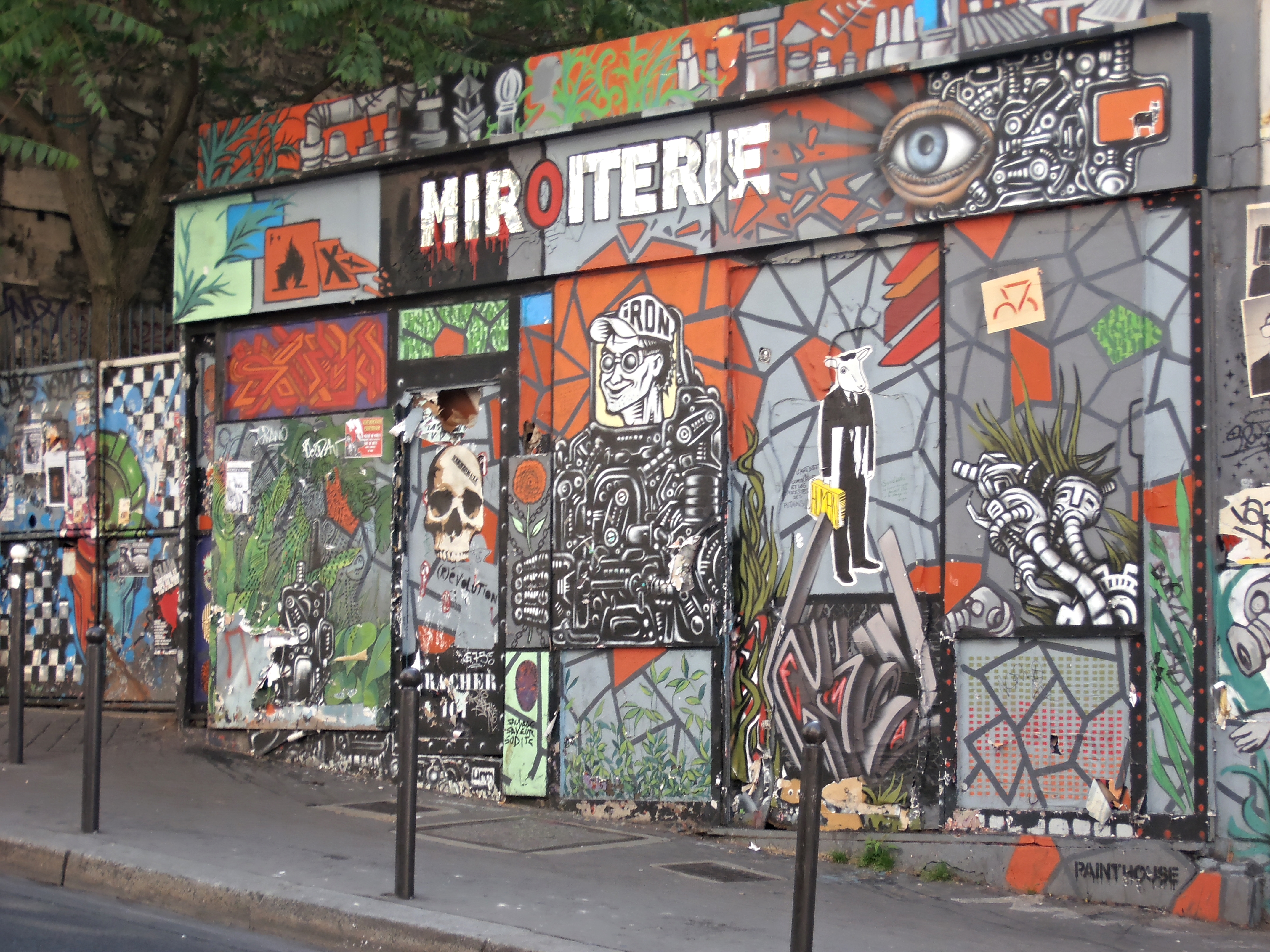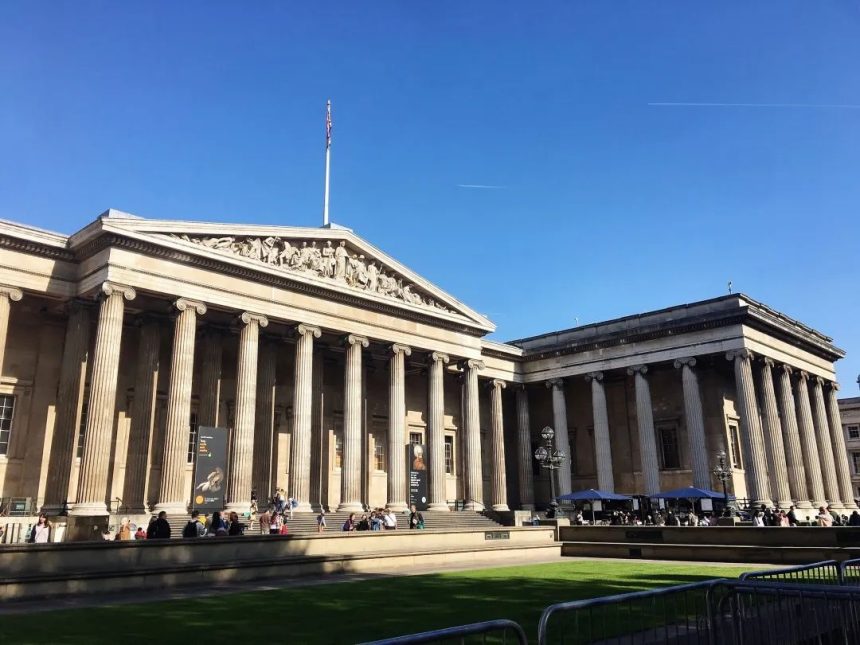London has a lot of free tourism resources and has the world’s most significant number of museums, art museums, galleries, and the highest quality of free access to the city. Among these many free tourist resources, the British Museum has become the first choice of tourists, not only a mecca of knowledge but also an indispensable place to understand the world’s civilisation. The British Museum is located in Great Russell Street on the north side of New Oxford Street in London, England. Founded in 1753, it is the world’s oldest, grandest, and most comprehensive museum and one of the world’s largest and most famous museums. The museum currently has a collection of more than 13 million items, but many items must be put on public display due to space constraints.
British Museum’s collection was initially derived from over 80,000 artefacts and specimens from the collection of Sir Hans Sloane, the famous collector and royal physician of King George II. In 1823, King George IX donated his father’s extensive collection. In the more than 200 years since its opening, it has collected artefacts from Britain and ancient countries such as Egypt, Babylon, Greece, Rome, India, and China.

The British Museum is now divided into ten branches: Ancient Near East, Coins and Monuments, Egypt, Nationalities, Greece and Rome, Japan, Orient, Prehistory and Europe, Prints and Drawings, and West Asia. The Egyptian, Greco-Roman, and Oriental collections are the most notable. The Egyptian Hall is the largest exhibition hall, holding over 70,000 pieces of ancient Egyptian artefacts. It is the most prestigious collection of the British Museum, representing the high civilisation of ancient Egypt. But the most striking is to be found in the Oriental Hall. The Museum has more than 100,000 cultural relics from China, Japan, India, and other Southeast Asian countries. Among them, the Chinese showroom spans several halls, with exhibits ranging from Shang and Zhou bronzes to Tang Dynasty porcelains and Ming and Qing Dynasty gold and jade. Only from China’s rare treasures through the ages amounted to more than 20,000 pieces, the vast majority of which are priceless.
The British Museum is so huge that it would be impractical to browse all its exhibits in one day. For those needing more time, selecting the most valuable exhibits to visit is extremely necessary! Therefore, we are proud to introduce you to the British Museum’s three greatest treasures:
Rosetta Stone

Rosetta Stone is one of the most valuable of a group of Egyptian artefacts acquired by Britain after Napoleon’s rout in Egypt. Measuring 1.14 metres in height and 0.73 metres in width, it is a marble monument dating from 196 BC and was initially inscribed with the edicts of King Ptolemy V of Egypt. The exact text was inscribed in Greek, Ancient Egyptian, and the popular script of the time. The fact that the tablet was inscribed in three different languages has allowed recent archaeologists to compare the contents of the language versions and decipher the meaning and structure of the Egyptian hieroglyphs, which have been lost for more than a thousand years and have become an essential milestone in the study of the history of Ancient Egypt.
Elgin Marbles

The Elgin Marbles are some of the carvings and architectural remnants of the Parthenon in ancient Greece. The Elgin Marbles have a history of more than 2,500 years to date and are one of the most famous collections of the British Museum, known as the treasure of the British Museum. At the beginning of the 19th Century, the Earl of Elgin, a British diplomat, bought the marble architectural decorations and carvings on the Parthenon from the Ottoman Empire of Turkey, cut them up, and shipped them back to Britain. In 1816, the British Crown paid £10,000 to buy them to be placed in the British Museum. In 1816, the British royal family spent £35,000 to purchase it and put it in the British Museum. In the 200 years since then, the Elgin Marbles have become one of the museum’s most iconic exhibits.
Admonitions Scroll

Admonitions Scroll is the earliest surviving Chinese silk painting and one of the earliest works by a professional Chinese painter that can still be seen. It is a milestone in Chinese art history and has been a treasured part of the court collections for generations. There are only two copies left in the world, one of which was copied by the Song dynasty and is in the collection of the Palace Museum in Beijing, and the brushwork and colours are of low quality. The other is this copy in the British National Museum. It was initially for the Qing Palace collection, Emperor Qianlong’s desk love, hidden in the Yuanmingyuan. In 1860, the British and French invasions of Beijing and the British army captain Ki Yong from the Yuanmingyuan were stolen and taken abroad. In 1903, the British National Museum collection became the most critical Oriental cultural relic. Calling it the “treasures of the town museum” is not an exaggeration.








